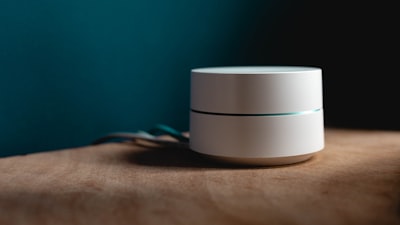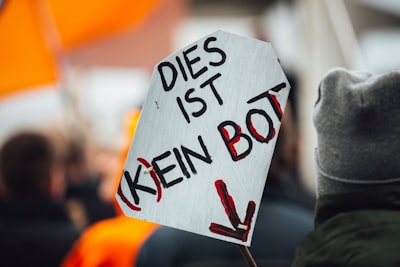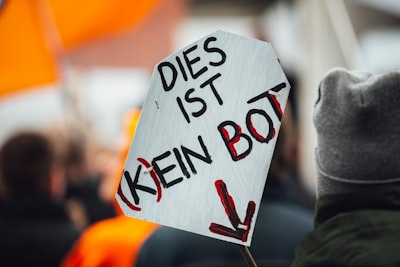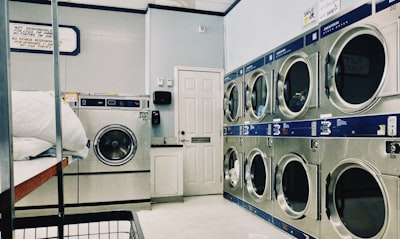What we’re seeing now in the Covid media coverage is starting to resemble an absolute frenzy. When too many people are on the same side of the boat, it’s time to start asking questions — its’s usually a sign of people abandoning their critical thinking faculties, and are just lazily embracing the consensus.
We are not at such a level of alarm, that a lot of people are showing physiological signs of anxiety. This is the consequence of consuming weeks worth of horrendous, gruesome news. The news is what it is, and it may be all bad and all true, but still, there’s only so much you can bear every day. You don’t need to check the news every hour — it’ll be there later, so you don’t need to wallow in it every waking moment.
Meanwhile, we also keep getting ever more dire extrapolations on how many are going to die, etc. Let’s go back to the data at hand, and evaluate what we truly know; where we are right now and what we know to be the baseline conditions. How many people die every day from natural causes? While this may sound crass and insensitive, it is a meaningful metric in assessing the severity of the situation.
What’s the ratio of corona deaths to total, natural deaths? Looking at the sheer number of deaths seems obvious, but it’s a very blunt metric that offers no perspective, and does not have much bearing on projecting the immediate risk to you. 100,000 people die every day due to age-related causes. We’re at 13k virus deaths globally so far, and that’s over several months, while the situation is coming under control in several countries.
It’s also quite common for elderly people to die from conditions, such as from the flu or pneumonia. In fact, you can also have several thousand flu deaths per day in a very severe flu season. As of now, the coronavirus has not exactly delivered existential levels of carnage; in fact it’s very, very far from it.
As far as the media is concerned there are a few effects at play here. The proximity effect: when we see pictures of people who have recently passed away, it gives us a very palpable sense that we’re next. In this day and age of one-liners, 140 character messages and memeified news, we forget that the vast majority of deaths represent elderly or people with pre-existing conditions. This should offer some sense of hope and consolation to the majority of us. But this is not the story we hear on a daily basis. When we hear of a case that resonates with us (for instance, the alarming and sentimental image of a 20-somethings falling ill), it doesn’t come with any sense of proportion or any sense of scale. The typical case here is not a 20-year-old, and even though there are such cases, it doesn’t mean you are next.
There’s also a knee-jerk or bandwagon effect going on, and this takes place on every level: individual, community, government. You saw this knee-jerk/bandwagon effect on the individual level very quickly. Once you see a line forming to the grocery store — suddenly everyone is a prepper. Panic feeds more panic. You also saw the bandwagon effect on the government level, for instance, with the decision to effectively shut down the entire economy. First, governments were quite indecisive: they essentially adopted a wait-and-see approach. Then, once one player acted, they all quickly followed suit. Very suddenly, most governments pursued fairly draconian measures, but at that point these measures had already lost most of their potency or proactive power.
The shutdown was something that was done very hastily, sloppily and heavy-handedly, and every country did this in quick succession. The rationale and the core considerations weren’t communicated clearly. This is the most critical decision you can possibly make, and the people have a right to know the underlying projections that were assessed, especially if they point to catastrophy. Also, the instructions the population was given were quite crude — stay indoors. But little emphasis was placed on who in-particular need to stay home. It was even quite unclear as to which industries were deemed critical and which weren’t. This of course meant confusion and worry started spreading, particularly over whether there would indeed be food available in the grocery stores.
Without an economy, we don’t have a civilization. People need to eat, and people will be venturing outdoors. This means, it would make sense to emphasize that the elderly should be the ones in quarantine. Also, you could have achieved more separation between the risk and lesser-risk groups with very simple means (pensioner happy hours, which are now becoming a thing, finally). This is not rocket science, and should have been the directive on day one.
Generally, a lot of the alt-techies are libertarian, laissez faire, anti-government intervention and pro sound business. This time around they have been the first to advocate for government intervention, promoting the idea of a complete shutdown. We’re forgetting, that we have had Coronaviruses in the past, and experts have suggested we also stopped the whole show and pursued similar measures to what we’re doing today. We didn’t. We did nothing. Maybe we got lucky then; maybe we’re overreacting now — history will be able to tell us, but let’s not convince ourselves that we know exactly what we’re doing, and that we’re doing the right things, and that we are doing them right.
Everyone screamed at the top of their lungs to shut everything down now, without giving much thought to how we’ll actually survive in the very immediate term. Now, we’re discussing bailouts not just for corporations, but for individuals. This is going to amount to trillions of dollars, and it doesn’t even need to be said at this point that that’s money that the government doesn’t have. We’re seeing suggestions now for $2k per month for all adults. Congratulations, you’re about to embrace full on socialism overnight — we didn’t even have to wait for the dystopian universal basic income to arrive, we didn’t even need to vote in AOC. The government already has a $23 trillion dollar debt load! Guess where that money is going to go — to higher food prices. And more importantly, if we manage to piece together the system with duct tape and paper money, and keep things intact, we’re going to be saddling our children with an even greater problem down the line.
The economic fallout may turn out to be far more severe than that from the virus. Millions of people may have already lost their jobs, and that’s going to amount to a tremendous amounts of deaths of despair. Also, rest assured that we’re not going back to where we were before the virus hit — the economic damage is done and we’re in a new era. Two words: risk-off.
Things are still unfolding, and we’ll likely see the situation deteriorating far further from here — the power of the exponential function, etc. But that does not mean that all actions taken up until now has been smart, adequate or justified. When the virus is finally over (and it will end), we’re likely going to find ourselves in a world that is far worse than we could have imagined, and that’s going to be because of the lack of perspective, awareness of the historical pretext, and complete lack of judgment as to the economic realities we’re faced with. From viral hell to economic hell.
Supporters of taim.io.









